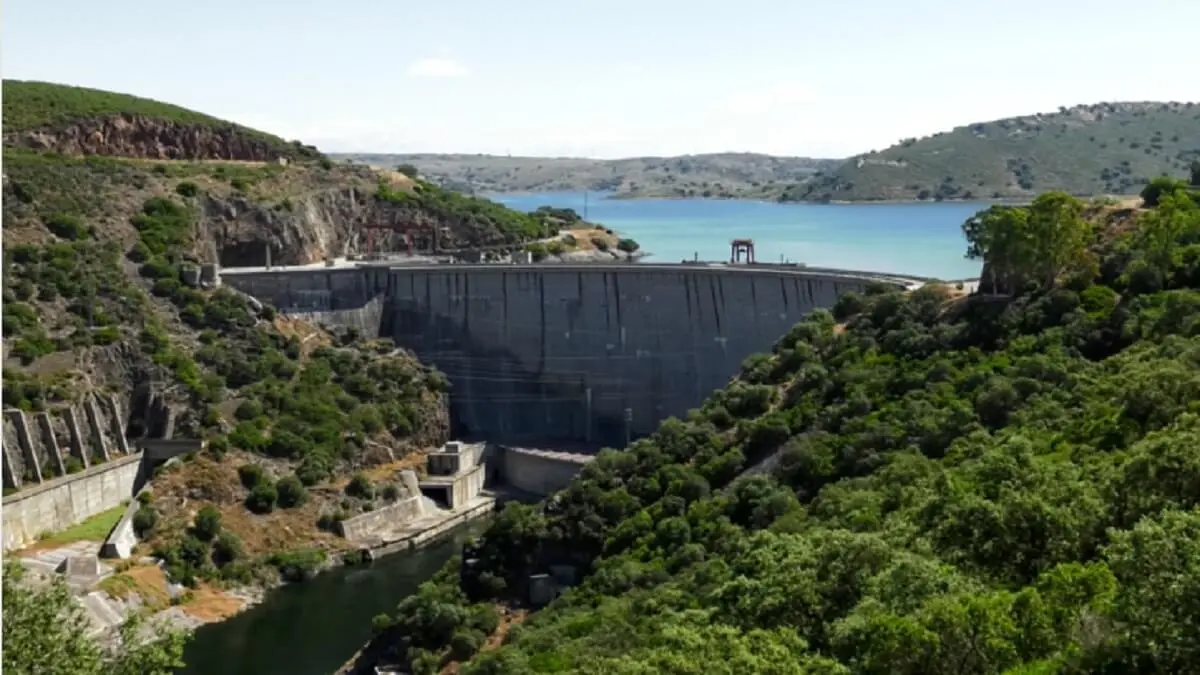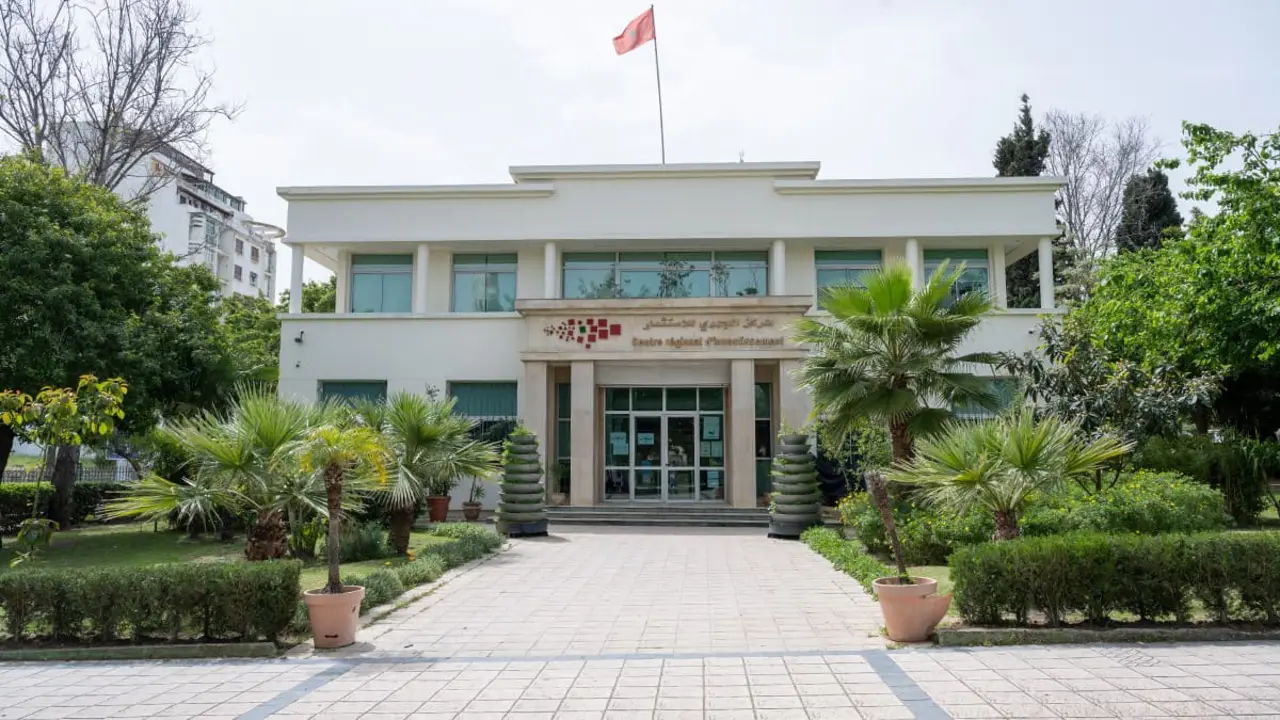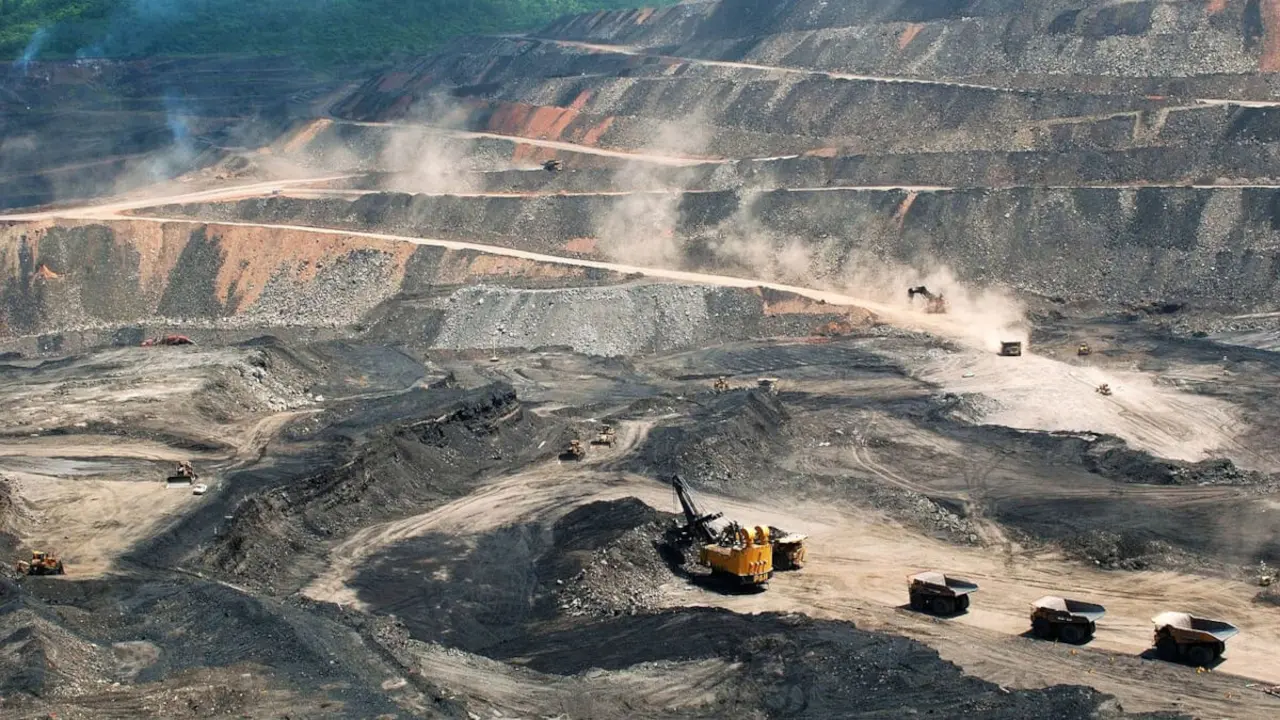Iberdrola gets the green light for the Valdecañas pumping project in Spain

The Spanish Ministry for Ecological Transition and the Demographic Challenge has granted administrative authorisation for the pumping project in Valdecañas (Cáceres), which will improve the energy potential of the Tagus River by seasonally storing the system's surplus energy in the Valdecañas reservoir.
It will have a total power of 275 MW and includes a battery system hybridised with the groups. The battery has a power of 15 MW and if fully charged can reach 7.5 MWh of stored energy. The battery and hydraulic units together have an energy reserve of 210 GWh (equivalent to 5.2 million electric vehicle batteries).
The capacity of a reversible pumped-storage power plant makes it possible to store and release large amounts of energy quickly, which makes it easier to balance the electricity grid since the plant acts as a "giant battery", storing potential energy in the form of water in the upper reservoir. In this way, energy can be stored when there is excess production and retrieved when needed, operating as a "closed loop" with no water consumption. This is to provide "large-scale" robustness against generation-demand fluctuations and with a long service life.
Iberdrola has stressed that this project has minimal impact, as the scope is exclusively electromechanical and does not require the construction of any civil infrastructure, as it makes use of the existing ones and the Valdecañas and Torrejón reservoirs, without varying levels of operation. In addition, there is no need to build new transmission grid lines, as the existing ones are used.
The start-up of this pumping project will enable the reduction of 200,000 tonnes of CO2 per year, thanks to the greater integration of renewables, and will generate 165 direct jobs and a further 500 indirect jobs, thus promoting skilled employment. In addition, it will have a major impact on the economy of the area with the participation of small and medium-sized enterprises in the province, which will also help to fix the population.
State-of-the-art technology
The pumping project has cutting-edge technological solutions by using a hybrid battery system that allows rapid start-up of the pumping groups, as well as optimising the capacity to regulate production or demand for the integration of renewable energies into the electricity system by combining the rapid response of the battery with the energy firmness of the turbine.
Pumped hydro generation at Alcántara
This pumped storage is part of Iberdrola's commitment to hydroelectric storage. In the Tagus basin, a project is also being processed for the construction of a pumped hydroelectric generation facility called Alcántara II, with 440 MW of power.
Along the same lines, Iberdrola has commissioned the Gouvaes Gigabattery (Portugal) with a capacity of 880 MW and a storage capacity of 24 GWh. Pumping has also been recovered at the Valparaíso hydroelectric plant (Zamora) with a capacity of 68 MW and a storage capacity of 1 GWh. In addition, work is scheduled to be completed this year on the Santiago Jares hydroelectric plant, which will enable the recovery of the flexibility of a 50 MW and 3 GWh pumping capacity.










